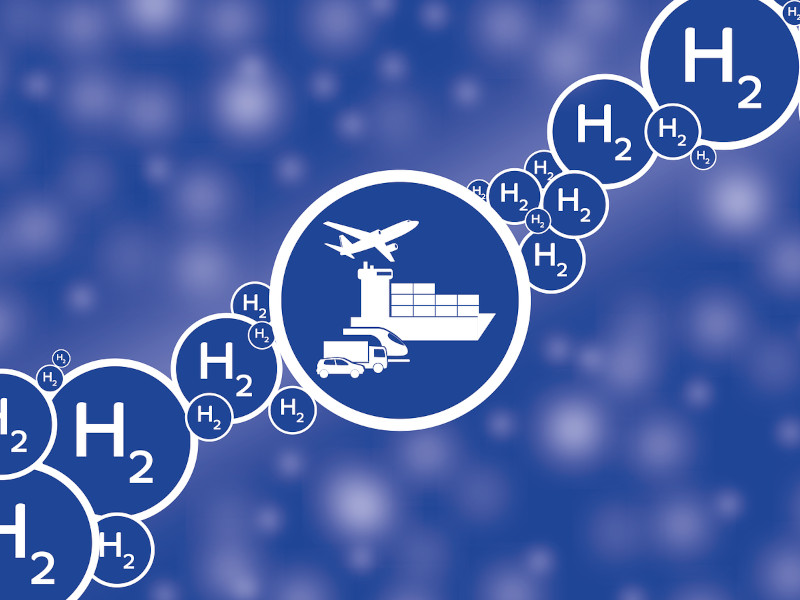When a water molecule releases a proton, it turns into hydroxide. However, such a proton tends to take an electron with it. Ultimately, the proton combined with the electron produces hydrogen, a substance that is an important ingredient for producing lower-emission, more environmentally friendly energy.
The electrolysis of water, the reaction that ultimately describes the splitting of water into oxygen and hydrogen, has revealed some new insights.
The speed of the reaction at which protons and therefore electrons are exchanged was also examined. These processes are crucial to using green electricity to produce hydrogen, as is the conversion of hydrogen into electricity within a fuel cell.
Even batteries and accumulators work basically according to this principle. Positively (protons) and negatively (electrons) charged particles are exchanged, each being focused to one side, thus creating a potential difference or potential. Current flows.
Contrary to what might be expected now, two particles that arise from two water molecules behave very differently. According to research conducted at MIT, positively charged hydronium and negatively charged hydroxide in equilibrium do not ensure equilibrium in the reaction.
Instead, the exchange occurs back and forth at the same rate when the pH of the solution is 10. This means that hydronium is a million times more abundant than hydroxide. Only then are the protons and electrons exchanged in perfect harmony.
“Our finding is really interesting because it means that the basic assumptions used to view processes from fuel cells to hydrogen production may need to be reconsidered,” says Yogesh Surendranath, lead author of the study.
So the chances are not bad that many of the basic processes of generating electricity using chemical reactions in fuel cells, batteries or accumulators will undergo some exciting innovations in the near future.
I have been using computers since 1989 and the Intel 8086. I also know the Internet before college and university networks were replaced by businesses and social media. My fascination with technological leaps and social impacts has never left me. My biggest interest is in classic PCs in particular – and hardly less in a laptop, where the components have to contend with less space and power. So it seems logical that I have been writing technical guides and product presentations since 2015. My studies in physics provide the necessary background knowledge and understanding of the connections.

“Total coffee aficionado. Travel buff. Music ninja. Bacon nerd. Beeraholic.”







More Stories
Researchers detect extremely high-energy gamma rays
Anxiety disorders in old age increase the risk of dementia
Researchers are particularly fascinated by these exoplanets.